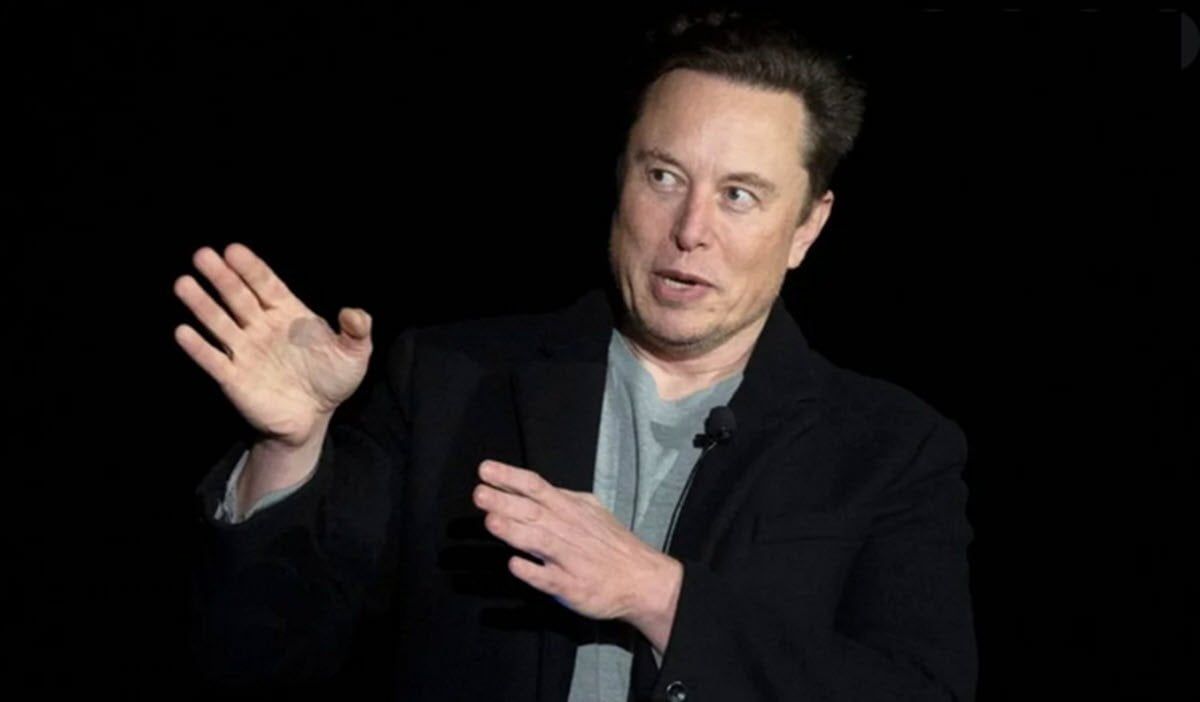Tesla shareholders overwhelmingly approved a groundbreaking compensation package for CEO Elon Musk on November 6th, 2025. Valued at a staggering potential $1 trillion, this isn’t your standard executive bonus—it’s a 10-year blueprint for transforming Tesla from an electric vehicle pioneer into a multifaceted AI and robotics juggernaut. With over 75% of votes in favor, the package ties Musk’s fortunes directly to Tesla’s ability to scale to unprecedented heights, potentially crowning him the world’s first trillionaire in the process.
– Advertisement –
But what does this mean for Tesla, its investors, and the broader tech landscape? We’ve broken it down step by step, from the mechanics of the deal to the sci-fi-level goals it demands. Buckle up—this is Tesla betting the farm on Musk’s vision.
A $1 Trillion carrot on a 10-year stick
At its core, the payout isn’t a lump-sum check or even immediate stock grants. It’s a performance-based equity package structured as 12 “tranches”—think of them as escalating milestones in a high-fantasy quest. Musk, who famously forgoes a traditional salary, stands to receive up to 423 million new Tesla shares over the next decade, but only if the company hits specific, aggressive targets.
Tesla’s current market capitalization hovers around $1.2 trillion, making it one of the world’s most valuable companies. Under this plan, that figure must balloon to $8.5 trillion by 2035—a more than sevenfold increase. If achieved, Musk’s ownership stake would surge from about 13% to 25-29%, granting him even greater control while diluting existing shareholders’ slices of the pie.
The structure is “all or nothing” in spirit, though partial vesting allows for incremental rewards. Fail to hit the first milestone? Zero payout. Nail them all? A windfall that could eclipse the GDP of entire nations. As Tesla Board Chair Robyn Denholm put it in a statement: “This package is designed to align Elon’s unparalleled drive with Tesla’s long-term success, ensuring we remain at the forefront of innovation.”
How the payout unlocks
The tranches are tiered by market cap growth, operational feats, and profitability benchmarks. Each successful step unlocks a portion of the shares, with the full $1 trillion value tied to Tesla’s stock price at vesting. Here’s a detailed roadmap of the key requirements:
| Tranche Level | Market Cap Milestone | Operational Targets | Profit Threshold | Potential Share Unlock |
| 1-2 (Early Wins) | $2T (from current $1.2T) | Deliver 5M vehicles cumulatively; Launch initial Robotaxi fleet (10K units) | $50B annual adjusted EBITDA | ~35M shares |
| 3-6 (Scale-Up) | $3T-$4T (in $500B increments) | 10M total vehicles delivered; 500K Full Self-Driving (FSD) subscriptions quarterly | $150B EBITDA | ~120M shares |
| 7-9 (AI Pivot) | $5T-$6T | 1M Robotaxis operational; Sell 100K Optimus humanoid robots | $250B EBITDA | ~100M shares |
| 10-12 (Moonshot) | $7T-$8.5T | 20M total vehicles; 1M Optimus units sold; 10M FSD subscriptions in a single quarter | $400B EBITDA | ~168M shares |
These aren’t pie-in-the-sky wishes; they’re quantifiable bets on Tesla’s pivot from cars to AI-driven ecosystems. For context, Tesla delivered about 1.8 million vehicles in 2024—hitting 20 million cumulatively by 2035 would require production to accelerate dramatically, akin to churning out a new Model Y every 1.6 seconds nonstop.
The Robotaxi and Optimus elements are particularly futuristic. Robotaxis aim to create a driverless ride-hailing network, potentially generating billions in recurring revenue without human drivers. Optimus, Tesla’s humanoid robot (already demoed folding laundry and dancing at events), targets a market that Musk claims could dwarf automotive sales, with applications in manufacturing, elder care, and household tasks.
The backstory
This isn’t Musk’s first brush with controversy-laden comp packages. In 2018, shareholders greenlit a similar plan worth $56 billion at the time (now ballooned to over $100 billion due to Tesla’s stock surge). That deal was voided by a Delaware court in January 2024, with Judge Kathaleen McCormick ruling that the board failed to act independently, given Musk’s outsized influence (he’s also Tesla’s largest shareholder and a de facto co-founder).
Musk’s response? A public threat to shift focus to his other ventures—SpaceX, xAI, and X (formerly Twitter)—unless Tesla sweetened the pot. A shareholder revolt ensued, fueled by online campaigns and proxy advisors like ISS and Glass Lewis, who ultimately recommended approval. The vote, held virtually amid Tesla’s Q3 earnings call, saw institutional heavyweights like Vanguard and BlackRock largely back the plan.
Critics, including some unions and governance watchdogs, decried it as “excessive” and a risk to shareholder value. “This entrenches Musk’s power at the expense of diversified leadership,” argued Nell Minow of ValueEdge Advisors. Yet proponents point to Tesla’s 1,000%+ stock growth under Musk since 2018, crediting his risk-taking for the company’s dominance in EVs and energy storage.
Implications: boom, bust, or both?
If Tesla clears these hurdles, the ripple effects could reshape industries:
- For Investors: Massive upside if executed—Musk’s success would likely supercharge the stock. But dilution from new shares could pressure near-term prices, and missing targets risks a valuation plunge.
- For Tesla’s Ecosystem: Success validates Musk’s “Master Plan” trilogy, positioning Tesla as an AI powerhouse rivaling Nvidia or OpenAI. Robotaxis alone could disrupt Uber and Lyft, while Optimus challenges Boston Dynamics.
- Broader Tech World: It underscores the Musk premium in Silicon Valley, where visionary CEOs command god-like incentives. But it also invites scrutiny on governance—expect SEC reviews and possible lawsuits echoing the 2024 debacle.
- Global Stakes: With China’s BYD nipping at Tesla’s heels in EVs and Waymo leading in autonomy, failure could cede ground in the green tech race.
– Advertisement –





